patient characteristics
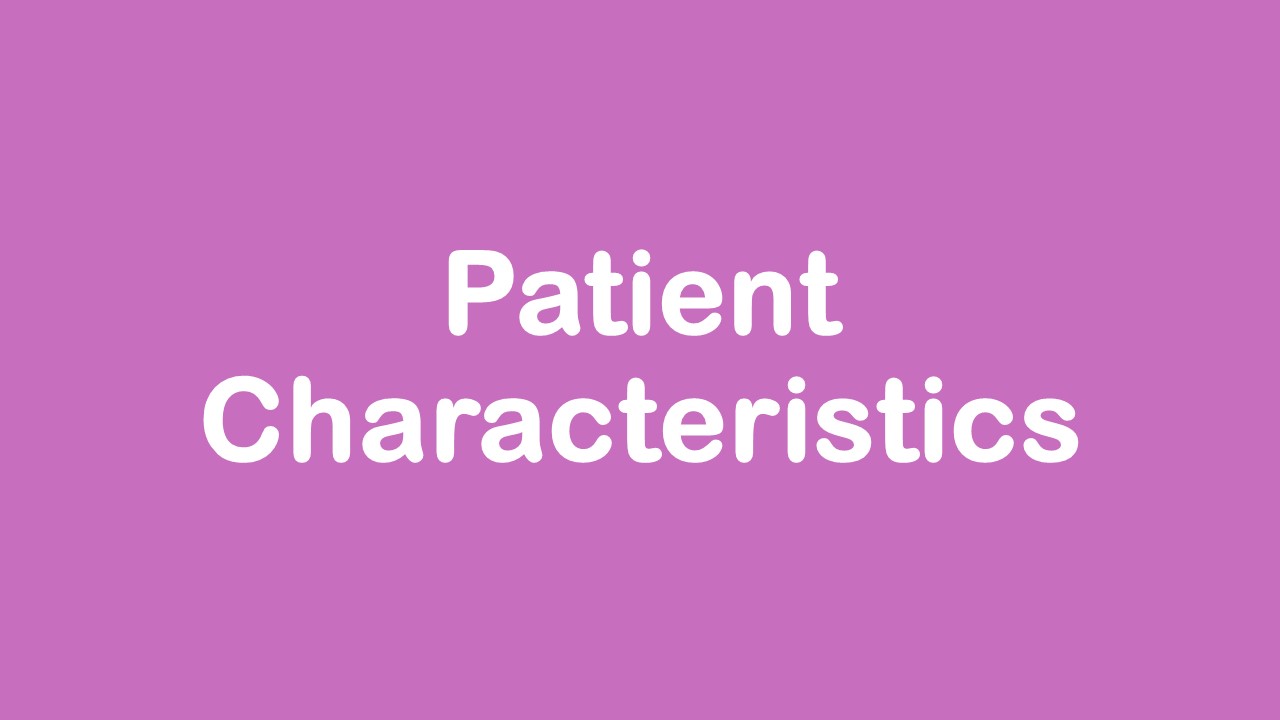
Home > Patient Care And Education > Interpersonal Communications > Patient Characteristics
- Cultural and Social Factors
- Emotional Status
- Physical or Sensory Impairment
- Age
- Explanation of Medical Terms
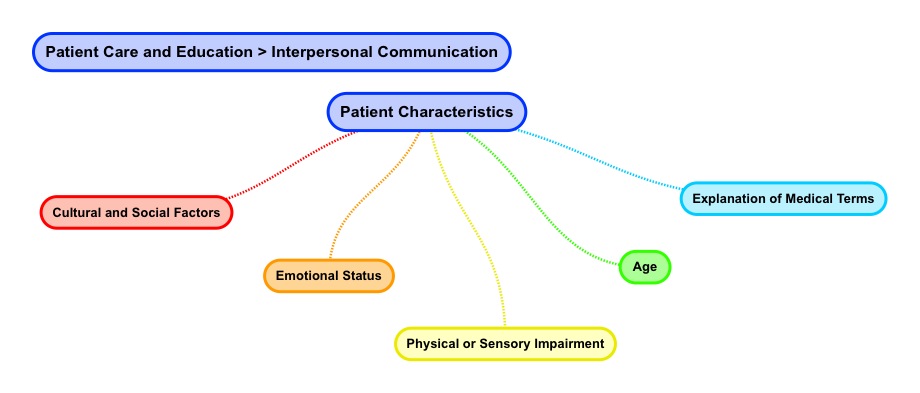
A Radiation Therapist needs to be cognizant of a patient’s cultural as well as social factors. Exposure as well as vulnerability to disease has a socioeconomic influence. According to the National Institutes of Health low socioeconomic status populations are afflicted by health disparities as well as low health literacy.

With regard to health disparities, poor populations experience disparities in death as well as the burden of disease. With respect to health literacy, research links an inability to read well to worse health outcomes. An inability to read well affects some 90 million Americans and this directly correlates to worse health outcomes for this population.
What does a patient’s being poor and / or not reading well mean to a Radiation Therapist? Radiation Therapists need to be cognizant that these populations of patients need additional patience when it comes to professional communication.
A Radiation Therapist needs to be cognizant of a patient’s emotional status during professional communication. Here are five common disorders of emotional communication to be aware of. Cancer patients maybe under stress due to their diagnosis and exhibit one or a combination of these factors.
- A patient may deny or have trouble dealing with their emotions and feelings that they are experiencing.
- The pace of speech may be an indicator or emotional state. Rapid speech may mean anger. Slow speech may indicate boredom.
- The intensity of a patient’s communication may relates directly to the intensity of positive or negative emotions the patient is feeling.
- A patients’ word as well as feelings may be mismatched. For example, a patient’s words may communicate one message while their body language (non-verbal gestures like a lack of eye contact) communicates another
What can a Radiation Therapist do? Repeat information as well as ask questions to confirm understanding. You can also ask patients questions about rating their well-being.
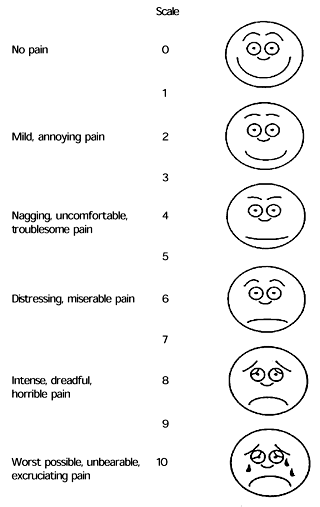
As discussed in the section on communication modes, the following four actions can improve how professional communication is conveyed.
- First, it is best to use plain language.
- Second, encourage questions and listen.
- Third, use teach-backs or explain-backs to confirm understanding.
- Fourth, focus on a few points.
Radiation Therapists’ understanding of a patient’s physical disability or sensory impairment can aid professional communication. Such limitations impact the patient’s ability to carry on normal daily activities.
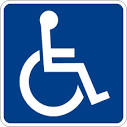
A sensory impairment affects any of the five main senses with the most common items being hearing as well as visual disability. The planning as well as provision of health care access to patients with physical and / or sensory impairments is a key to professional communication.
Patients may be challenged with physical access as well as just understanding what is being communicated. These challenges are unique to each individual and may include a loss of independence as well as a fear of social exclusion.
Physical and / or sensory accommodation(s) help Radiation Therapists’ bridge the communication gap. These accommodations maybe range from examples like a wheelchair, sign language, as well as braille equivalents for patient materials.
Our purpose here is merely to highlight the need for Radiation Therapists to be aware of a patient’s impairment(s) physical as well as sensory limitations when engaging in professional communication.
Another communication factor a Radiation Therapist must account for is patient specific age. The point here is that regardless of a patient’s age, a Radiation Therapist must empower patients with age-specific information and encourage patient engagement during professional communication.
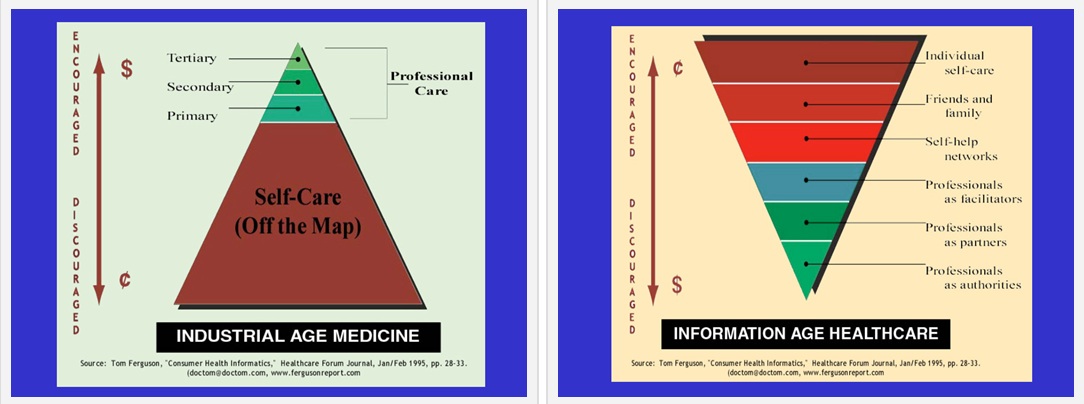
Over time from the industrial age to the informational age in healthcare there has been a shift to empower as well as engage the patient to better understand their medical condition. In the past, information came only from health care workers. Today, many patients discuss as well as find out about their own medical condition. The notion is that people take care of themselves.
Please view the Ted Talk by Dave Debronkart on empowering patients with age-specific information and encouraging their engagement.
This talk leads us to the topic of how Radiation Therapist’s explain medical terms. Medical terminology refers to phrases, symbols, words, as well as abbreviations used in medical language.
Medical terms need to be made plain, intelligible, or comprehensible to patients and their families. An explanation can take the form of a definition or can be understood by presenting an example. The use of layman terms is encouraged but the counter argument for the use of medical terms is that they are more precise.
Thousands of medical terms exist and explaining them can be a challenge. A basic way to address this is to break down a word or find a word equivalent. Let’s consider some Radiation Therapy examples.
We may use the term medical fraction. The word equivalent may be a treatment or visit or session. We may use the term centigray. A word breakdown would lead us to the prefix centi which means a hundredth where gray can be related to as a unit of measure like a gallon of gas. We may use the term radiotherapy. The word equivalent may be radiation therapy or rather the treatment of cancer using radiation. The idea is to simplify medical terms as well as phrases into a representation (word and phrases) that is understood by the patient.
Once again here are four tips on improving professional communication.
- First, it is best to use plain language.
- Second, encourage questions and listen.
- Third, use teach-backs or explain-backs to confirm understanding.
- Fourth, focus on a few points.
Home > Patient Care And Education > Interpersonal Communications
- Ethical and Legal Aspects
- Interpersonal Communication
- Patient Assessment and Management
- Treatment Side Effects
- Blood Studies
- Dietary Counseling
- Physical Assistance and Transfer
- Patient Transfer and Movement
- Assisting Patients with Medical Equipment
- Medical Emergencies
- Infection Control
Can we please get your advice on this one question?
Your first paragraph ...
FREE Infographic What successful people believe. What successful people do
Dictionary of Cancer Terms
Need help understanding a word? Here is an electronic resource that gives meaning to Cancer terms and their usage.

StrengthsFinder 2.0